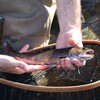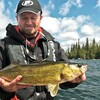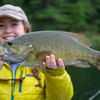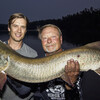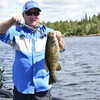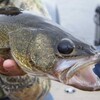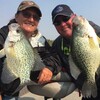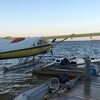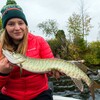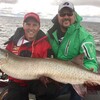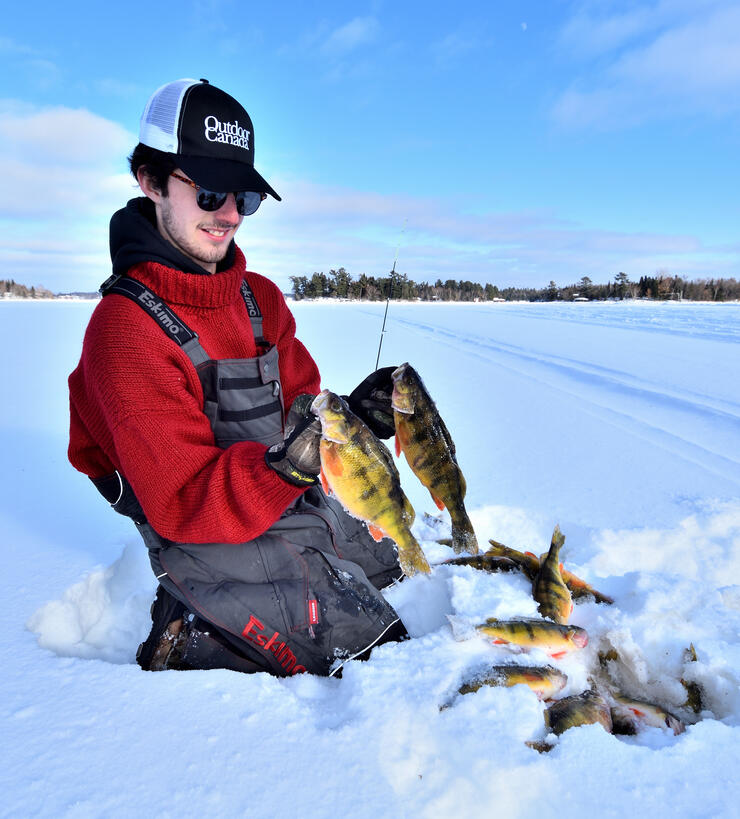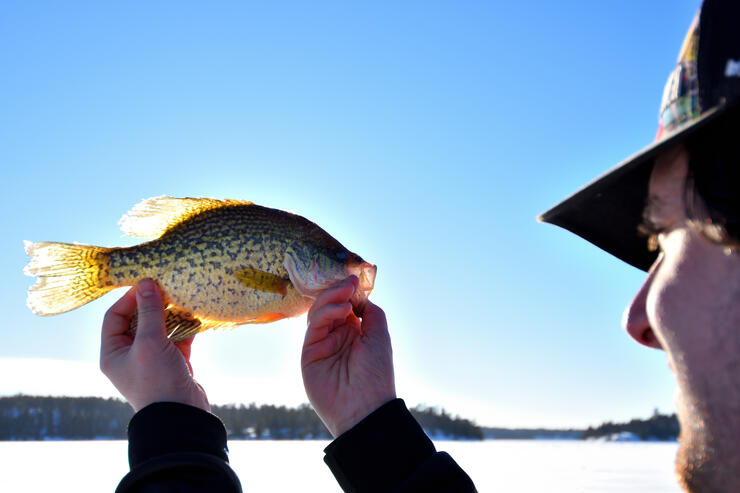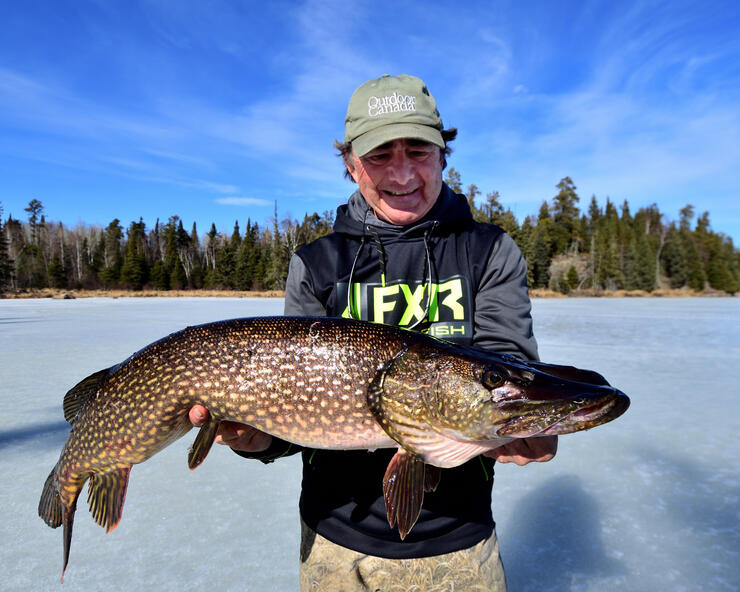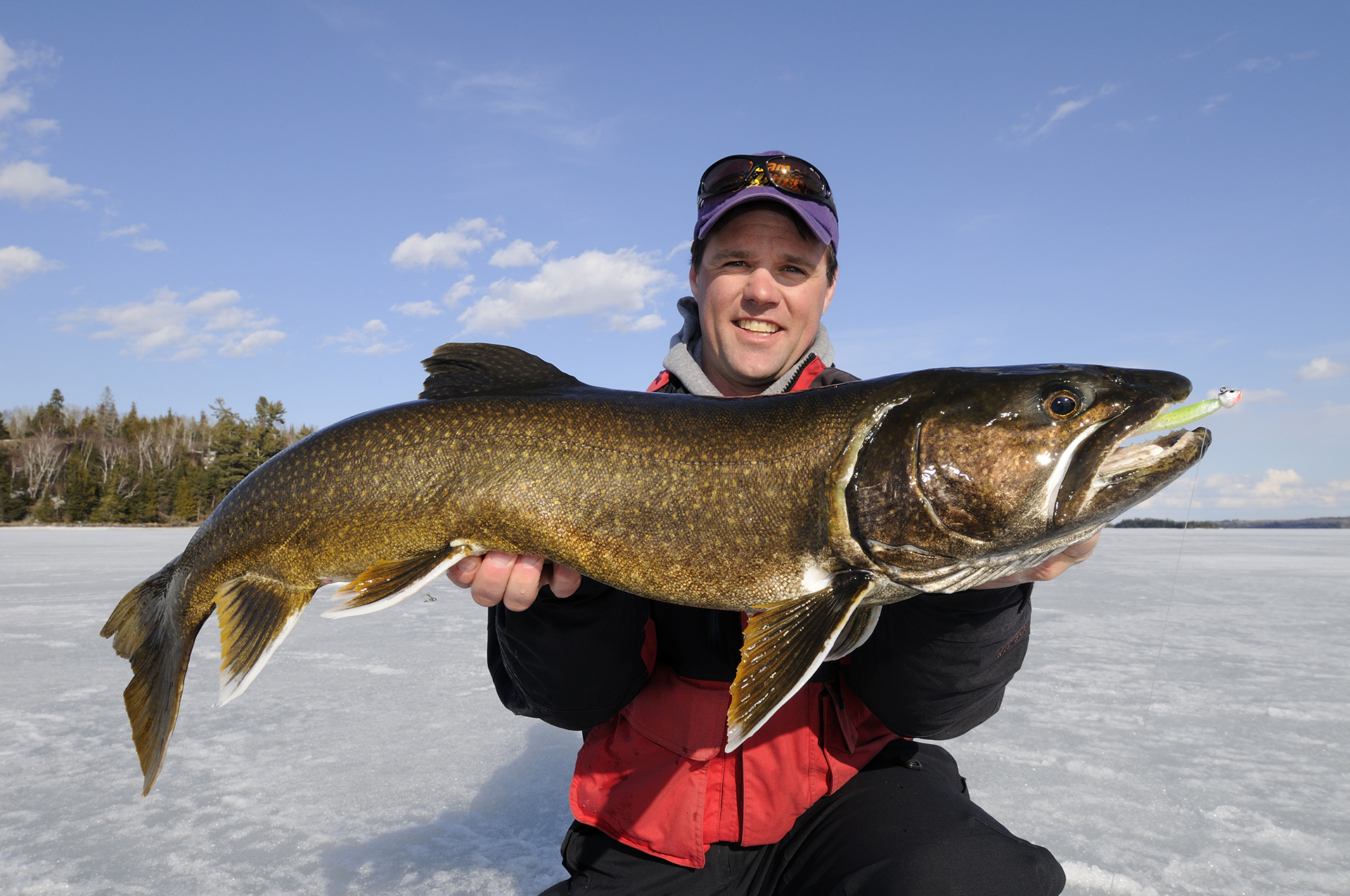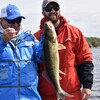
Prime Time for Ontario Panfish
What do you do when you look at your favourite fishing app and see that the metrics are predicting a super slow bite? I mean, they’re so dull and uneventful that the activity level is falling off the deep end of the “sluggish” mode.
Honest truth, in all of the time I’ve been using the free MHTV app, I have never seen the activity level run along the zero axis. But that is precisely where it was lying on January 14th, when my grandson Liam and I headed out on the ice to fish for crappies on our favourite Sunset Country lake.
But guess what? The activity level was off the charts good. As a matter of fact, I landed a beautiful pie plate-shaped crappie on my very first drop down the hole. Better yet, the action stayed at this torrid pace for the rest of the day.
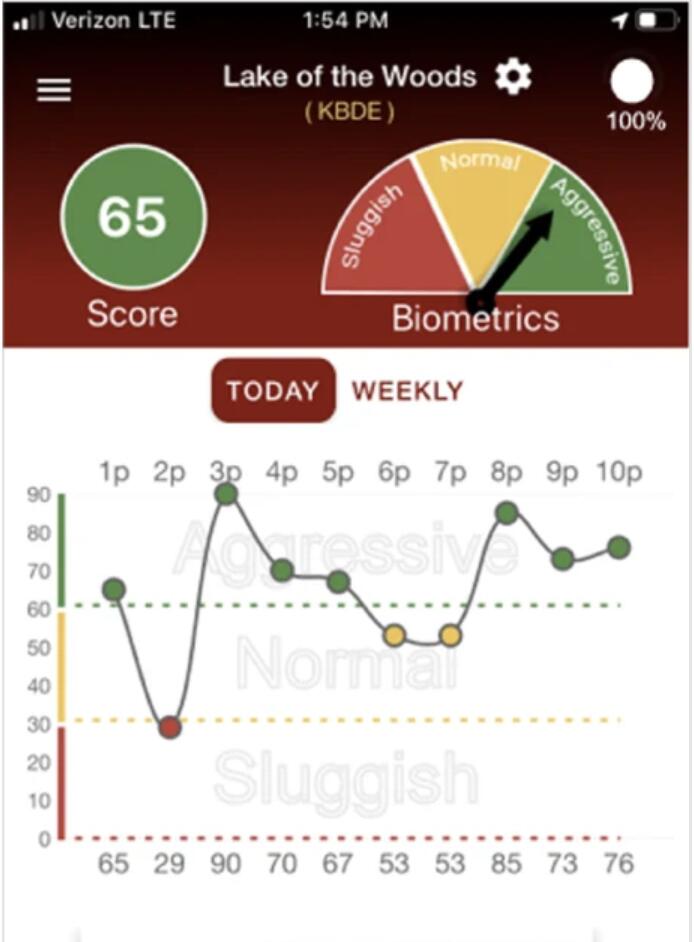
That hardly sounds like a ringing endorsement for the app, does it? But, as it turns out, it was stunning support. You see the fishing app (and other predictors like it) weaves together three broad categories of metrics. First, there are the things that evolve slowly over time, like the lake basin characteristics, water transparency and forage base. Second are the conditions that shift weekly or monthly, like moon phases, seasonal fish migrations and spawning activity. Finally, we have the elements that change constantly — on a daily basis — like moonrise, moonset, wind speed, sun position and cloud cover. When you factor in and consider all of these variables collectively, they do a marvellous job of predicting when big predators are going to feed. See where I am going with this?
I have to give Liam credit for picking up on it initially. He had noticed a year or two ago that we often experienced delirious yellow perch and crappie fishing on days when the App predicted measly results.
“Have you noticed,” he said to me the other day, as we relaxed inside our two-man EVO pop-up shelter with the heater cranked up to cherry red, “that we typically have our best crappie and perch fishing when the app predicts the most sluggish activity? I think it is because the big predators like northern pike, muskies, lake trout and walleyes aren’t feeding. So the panfish feel free to move around and forage out in the open, and suspend in the water column without worrying about being picked off and eaten.”
“Whoa," I thought. "You know what, he's right."
Think about all the times you’ve watched underwater videos of big apex predators. Often you will see much smaller baitfish hanging around with them, swimming and feeding nonchalantly, as though they don’t have a care in the world. They behave like a herd of gazelles grazing on the savannah, while a pride of lions doze away on the grassy sidelines. But then something shifts, an unheard dinner bell rings, the forage goes on alert, and they sense their lives are suddenly in danger.
“I think the app predicts well the activity level of the predators,” Liam said, “and when it is extremely low, fish like crappies, yellow perch and herring know they’re less at risk. So they take advantage of the safe conditions and feed aggressively. What this means is that the peak period for panfish is when the metrics are low and sluggish for lake trout, northern pike, muskies and walleye. Passive metrics for predators means prime time for pannies.”
It really makes sense when you think about it and highlights a potentially potent tool for helping you decide what species to target on any individual day out on the ice in Northern Ontario. If the metrics are positive and high, zero in on the bigger toothy predators. And when they’re negative and low, rub your hands together in glee and go after yellow perch, crappies and herring.
Recommended Articles
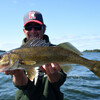
Heat Wave? Cold Front? No Problem.
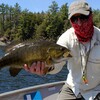
Fly Fishing for Bass
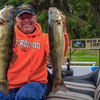
River Run Walleye
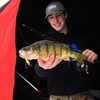
Beating the Blues
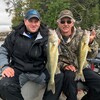
Agich's Kaby Kabins

Winter Fish Scents
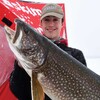
Weather or Not
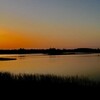
Wilderness WAlleye
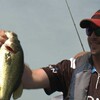
Elmhirst's Resort
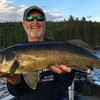
Hawk Lake Lodge
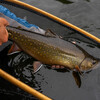
Adventures on the Nipigon River
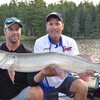
Tamarack Muskies
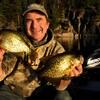
Sweeping the Basin
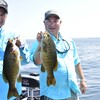
Delawana Resort
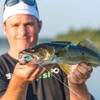
A Shore Thing
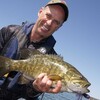
Summer Smallmouth
Baits for Brookies
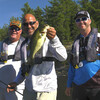
Lang Lake Resort – Outdoor Recreation is their Business
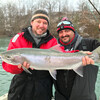
World Class Fishing on the Niagara River
